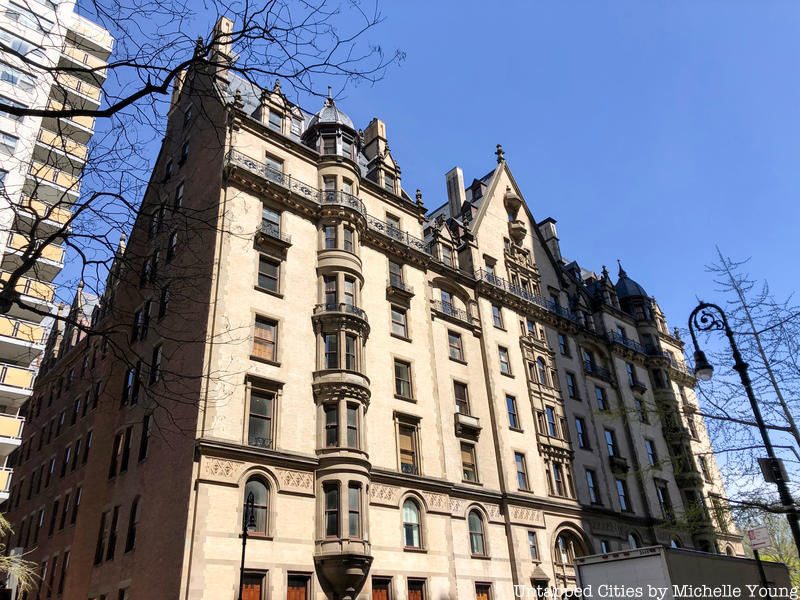6. The Dakota Had a Separate Electrical Plant and Boiler Room Hidden Under a Car Park Across the Street

In the era that The Dakota was being developed, safety was a great concern for potential buyers and renters of apartments, having heard about the fire safety problems in tenement apartments. One way Clark and Hardenbergh assuaged that fear was by placing hazardous equipment in a separate building or location nearby. The Van Corlear apartments on 7th Avenue between 55th and 56th Streets were a testing ground for Clark and Hardenbergh, who moved the utilities into a small building next to the apartment. The Dakota was a much larger undertaking so the heating system would need much more space than what was allocated for the Van Corlear. In addition, Clark wanted a plant to generate electricity and lighting for The Dakota and the rowhouses he had in the works nearby.
The solution was to use a plot of land next door along 72nd Street and place the boiler and three electric dynamos underground, above became a small, landscaped park. Hedges were planted to conceal the roof of this structure, and later tennis courts appeared. Clark also supplied water for The Dakota by digging an artesian well on The Dakota property, going down 365 feet to find it. In the mid-20th century, Edison Electric Company brought its services to the neighborhood and the utilities built by Clark and Hardenbergh were no longer needed. They were removed and replaced by car parking, which in turn was sold.
In a 1933 Herald-Tribune article, the writer mentions that this car parking/lawn next door, was “worth $350,000 [sic], and more in boom times, extended for half a city block towards the west, adequately preventing upstart structures from jostling the Dakota or even approaching close enough to place it in shadow.” Originally, there was a stipulation that any new building atop this plot of land could not be taller than The Dakota, but that was removed in order to enable a sale. This would become the Mayfair Apartments on 72nd Street.





